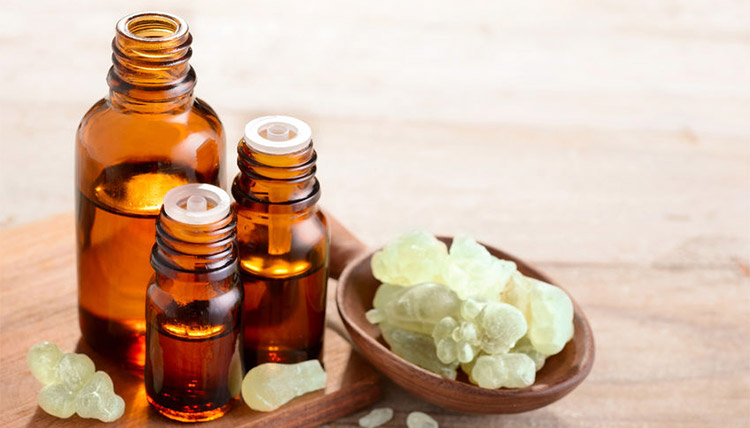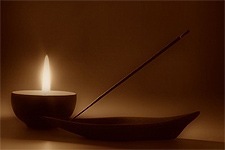Natural Incense and Spirituality

As AromaWeb's Incense and Aromatherapy article explains, natural resins, gums and herbs have been burned as incense since ancient times for their spiritual, medicinal/healing, fragrancing and odor-masking properties.
Incense can be burned during times of meditation, prayer, general reflection or to help cleanse and clear the air and make a space sacred. Native Americans burn bundles of sage, known as smudge sticks, to help clear the air of negative energy. For more information, see AromaWeb's Native American Smudging Rituals article.
 When burned, natural herbs and woods are said to help ward off negative energy, purify the space and attract positive energy. It is also said that when burned, particular botanicals are especially befitting meditation because they help to calm the mind and induce a meditative state. Aloeswood is a good example, and I personally find burning natural Japanese incense that contains aloeswood and/or sandalwood to be especially grounding.
When burned, natural herbs and woods are said to help ward off negative energy, purify the space and attract positive energy. It is also said that when burned, particular botanicals are especially befitting meditation because they help to calm the mind and induce a meditative state. Aloeswood is a good example, and I personally find burning natural Japanese incense that contains aloeswood and/or sandalwood to be especially grounding.
Most incense that is used in spiritual applications consists of resins like Frankincense and Myrrh, herbs and/or woods like Sandalwood or Palo Santo burned loosely over coals. Sometimes, the mixture is combined with a natural combustible ingredient like makko powder.
The incense that is typically sold in present times consists of sticks, cones and powders that are made primarily with fragrance oils and other synthetic ingredients. Most, but not all of the Japanese ("Koh") incense is made only with natural woods (i.e. aloeswood and sandalwood) and herbs. I burn Baieido incense 2-3 times weekly during times of reflection or meditation.
For more information about different types of incense and the challenges in finding natural incense, read AromaWeb's Incense and Aromatherapy article.

Making Your Own Incense
I discovered this brief but helpful 32-page book after I wrote this article. It contains a lot of useful tips about making natural incense. Some of the info regarding essential oils isn't as thorough or as accurate as I would hope for, but those with a sound knowledge of essential oils should be able to still utilize many of the tips contained within this publication.
A Word of Caution:
This article is intended for informational purposes and not does provide complete information on how to light or burn incense safely. AromaWeb assumes no liability or responsibility for your choice to light or burn any incense or incense ingredients.
